Boosting Farm Revenue: Essential Tips for Successful Lambing and Kidding
To boost their revenue, a lot of cattle farmers in the area are trying to expand the scope of their businesses. Goats and sheep are sometimes thought of as species that might enhance cattle grazing techniques while also controlling underbrush and weeds.
Industry experts say that savvy marketing and proper facilities are the fundamental foundation of a successful lamb or goat business, rather than just having a well-managed herd.
The Montana State University (MSU) Extension sheep and wool specialist, Brent Roeder, stated, "There are a lot of things you can do to improve the success in lambing and kidding season, but there are some problems that no one can fix if you don't address them." "You have an issue if your lambing and kidding timetable doesn't fit your marketing objectives; I get calls about this all the time. The best time to buy 4-H market animals and visit ethnic markets is in the spring, but proceed with caution. All of them will freeze if you kid or lamb too soon, so you don't want to be too late.
Recently, Cascade County MSU Extension and Goat MT conducted a webinar on lambing and kidding, during which Roeder gave a presentation.
According to Roeder, some enterprises view the multiple births of goats and lambs as a benefit as well, but they neglect to account for the higher demand on infrastructure.
"A 250 percent drop (at lambing and kidding) is what everyone wants, but nobody has the pen space or wants to feed for the increase," according to Roeder.
Essential lambing and kidding practices to increase your farm's profitability from Farmersrathna Agri-news
Producers can take several other measures to guarantee a successful lambing or kidding season, in addition to strategic marketing and sufficient facilities.
According to Roeder, farmers should priorities purchasing healthy cattle with good genetics when they first start out.
Additionally, it is crucial for producers who currently own herds to regularly cull female stock that has undesirable traits. Candidates for culling would be does or ewes that failed to produce a kid or lamb the previous year; animals with a terrible bag or a cull mark from kidding or lambing; elderly animals, aged seven to eight years, or animals with a "broken" mouth; and animals that are exceedingly thin or in poor health. "You can cut your workload in half with proper culling," stated Roeder.
It is imperative to safeguard the health of the herd through vaccines, particularly in the event of introducing additional ewes or does.
"Everything must be vaccinated if you are bringing in new ewes," Roeder advised. "Vaccinating before and after lambing, as well as administering a clostridia vaccination three weeks prior to lambing or kidding, is also a good idea."
Keeping lambs and kids safe
There's a myth that sheep and goats have weak constitutions and are merely "looking for a place to die," but according to Roeder, inadequate management is usually to blame for high death rates.
The idea that one is "looking for a place to die" is untrue. According to him, sickness is frequently brought on by stress, and sheep and goats respond well to control. That being said, not everyone can be saved. The Dubois, Wyoming, trial site produced the lowest lamb death loss to date, bringing it down to 3.5 percent. Saving everything is nearly difficult.
Still, Roeder pointed out that there are scenarios that can be avoided that lead to loss. Johne's and caprine arthritis-encephalitis (CAE) are two illnesses that can spread in crowded environments. One of the main causes of lamb losses is also poor ventilation.
Effective strategies for managing lambs and kids to enhance farm revenue from Farmersrathna Agri-news
According to Roeder, "poor ventilation devours short-term profits and causes pneumonia in young and old lambs." You must go on your hands and knees if you wish to understand what young lambs and children are going through. Children's lungs will burn from any ammonia stench.
Cats in the barn to manage mice can also spread a disease called toxoplasmosis protozoa, which is something else to be mindful of.
-logo.webp.png)
.jpg)
-logo.webp.png)
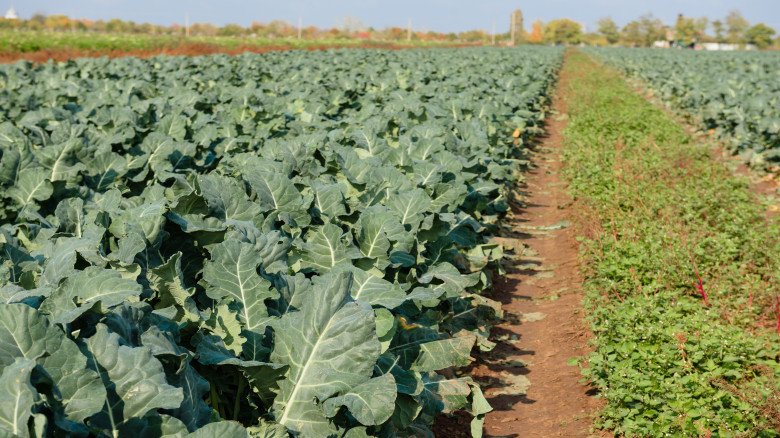


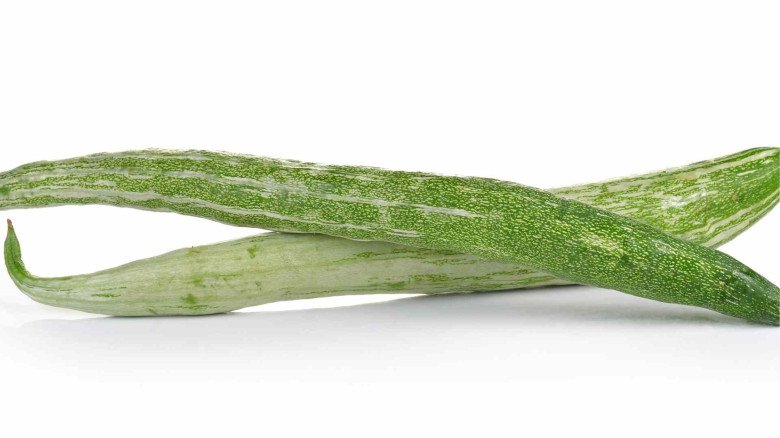




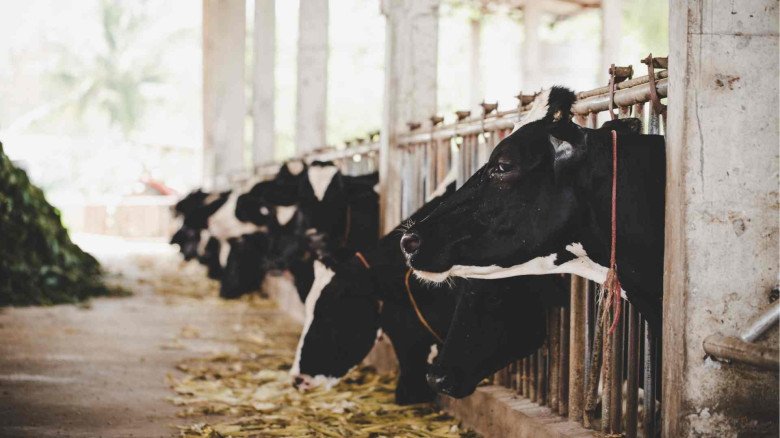

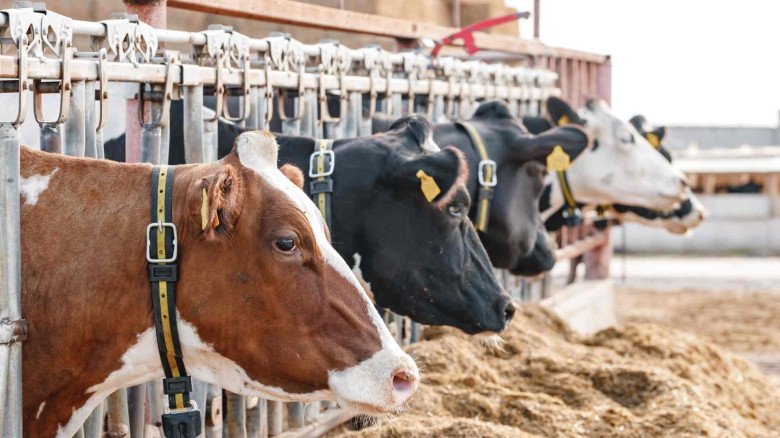
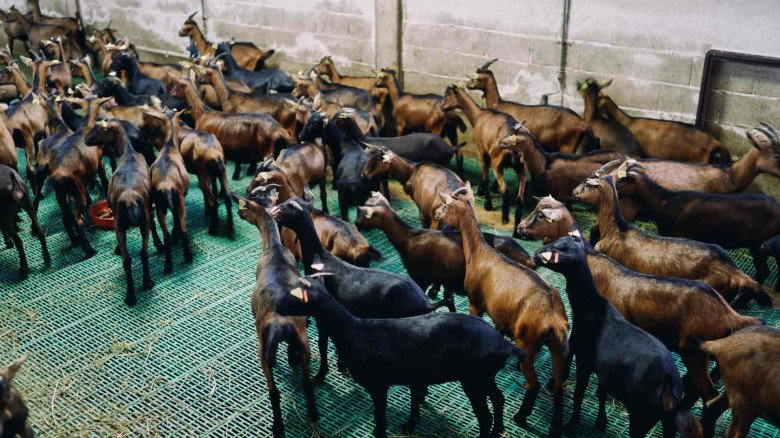




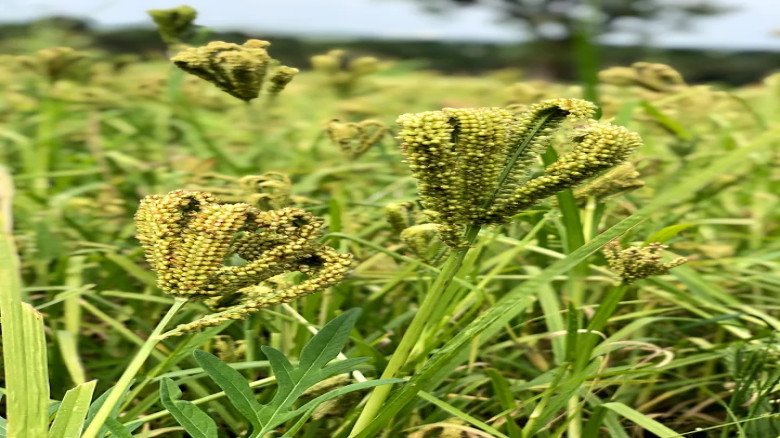
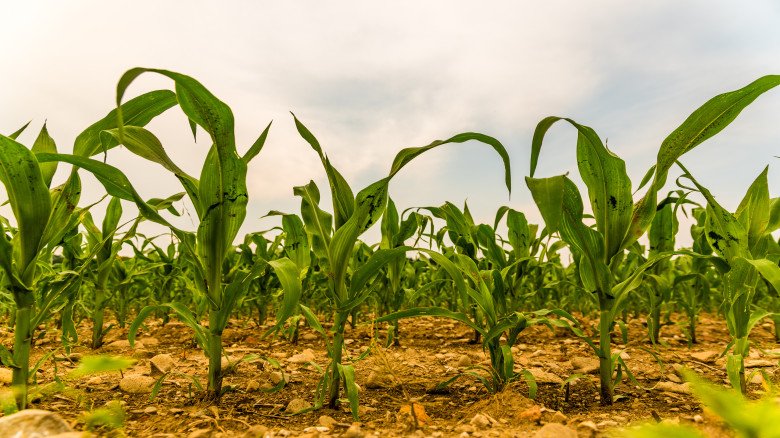
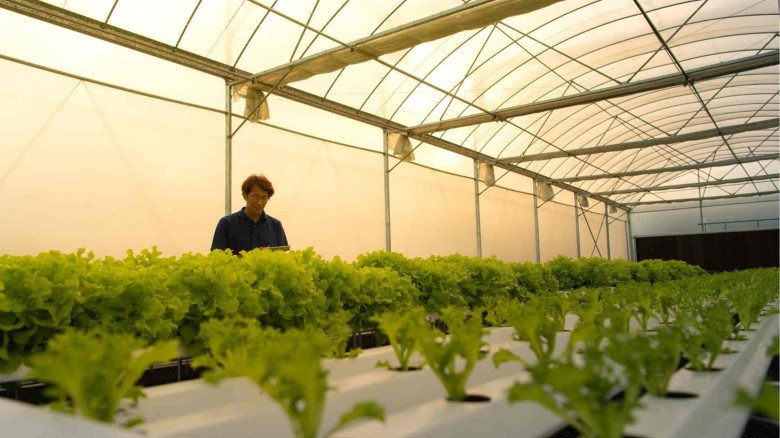

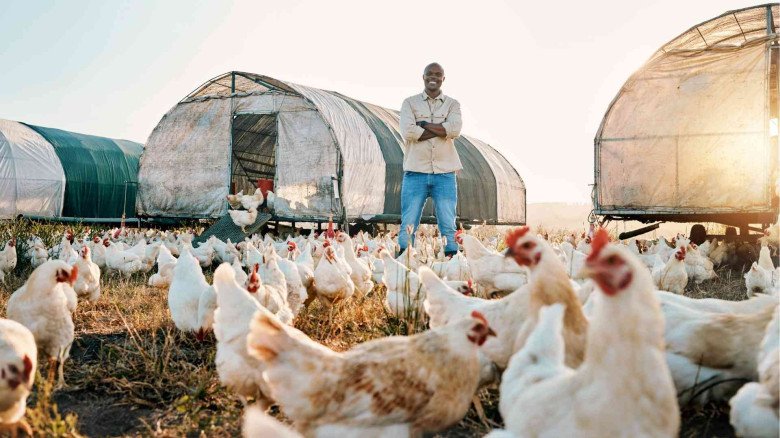

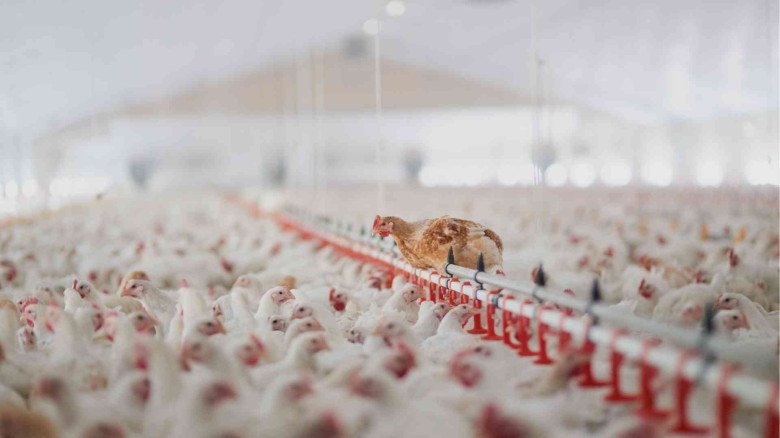


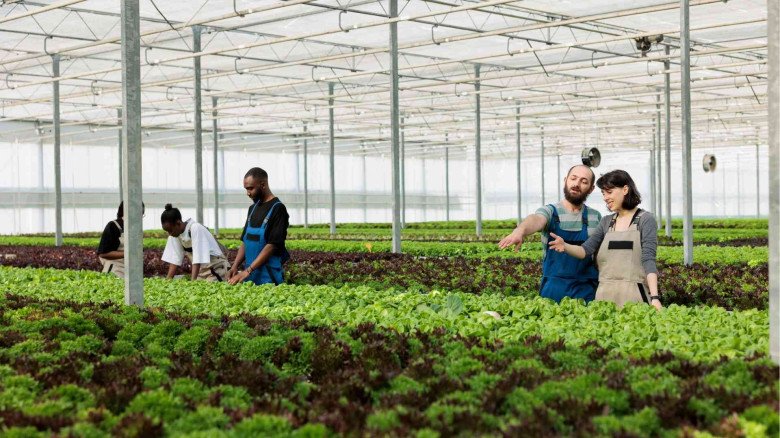
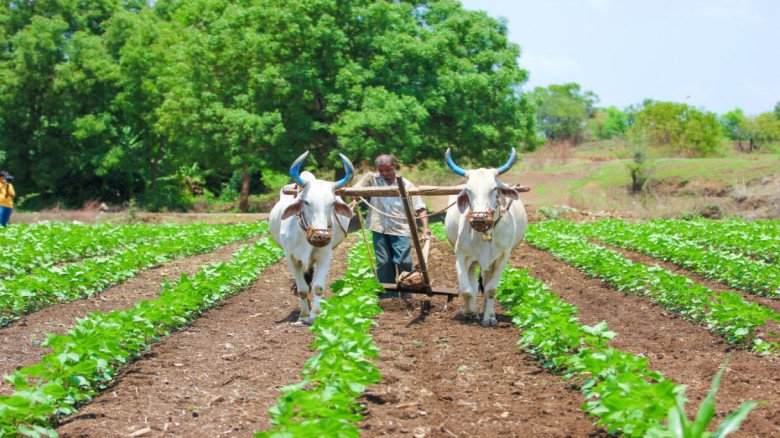
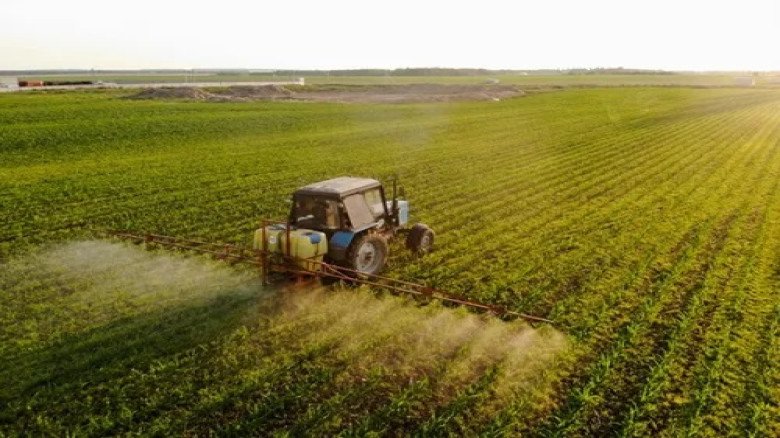





Leave A Comment